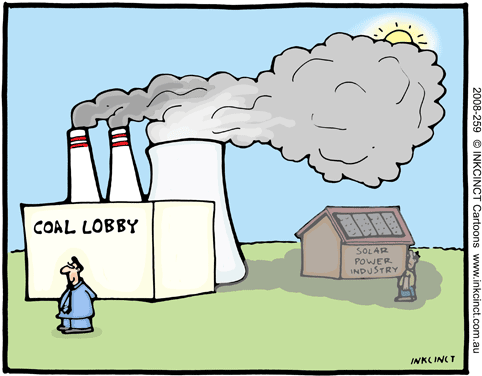The United Nations Climate Change Conference or the COP21, held in Paris is making waves on the internet and has been the talking point for the last week. The conference has called for a combined effort to limit the global average temperature to below 2 degrees above pre-industrial levels by the end of this century and to make efforts to strive for a 1.5 degree limit.
Such a large scale united action at the international level is bound to have the largest impact on the energy industry. It is clear that the shift from non-renewable to renewable energy will gain major impulse from the summit. Since a large portion of the work to be done will be outsourced to corporations, the international checks guarantee that these corporations will have to adhere to strict rules and deadlines under their respective governments.
India is the fourth largest emitter of Carbon Dioxide in the world after China, USA and the European Union. Thus, it was expected of her to play a leading role in the proceedings which it did.
India’s comprehensive 38-page INDC (Intended Nationally Determined Contributions), lists the following major points of its approach:
- To achieve about 40 percent cumulative electric power installed capacity from non-fossil fuel based energy resources by 2030 with the help of transfer of technology and low cost international finance including from Green Climate Fund (GCF).
- Aim to achieve 175 GW renewable energy capacity in the next few years.
- National Smart Grid Mission has been launched to bring efficiency in power supply network and facilitate reduction in losses and outages. Green Energy Corridor projects worth INR (Indian National Rupee) 380 billion (USD 6 billion) are also being rolled out to ensure implementation of renewable energy.
- Perform, Achieve and Trade (PAT), as a market based energy efficiency trading mechanism. The mandated decrease in the specific energy consumption under PAT program has led to a decline of 4 to 5% in their specific energy consumption in 2015 as compared to that in 2012.
- The Make in India campaign with Zero Defect (ZED) is a policy initiative to rate Medium & Small Industries on quality control and certification for energy efficiency, enhanced resources efficiency, pollution control, use of renewable energy, waste management etc. using ZED Maturity Assessment Model. The scheme launched in 2015, envisages coverage of about 1 million medium and small enterprises.
With the advancement in technology, solar energy has become cheaper than hydro and wind energy projects, but is still behind energy production of coal from a cost perspective. Thus, an investment in solar power is to be expected along with the development of technologies for efficient use of coal (A lot of implementation has already been done in China as well as India).
India’s Solar Energy Plans
- National Solar Mission scaled up fivefold from 20 GW to 100 GW by 2022.
India launched the International Solar Energy Alliance with 121 prospective member countries at the start of the Conference under Prime Minister Narendra Modi, who is optimistic about the future support by industries and investors in this venture. The programme plans to form an alliance of countries, usually of the tropical origin to propagate solar energy as a viable replacement for coal.
Impact on the Energy Industry
Solar Energy companies have already started benefiting from the proposed actions of major governments. Global industry leaders like First Solar have started to gain due to the superiority of their solar panels and the thin film technology. They are also building up significant generating capacities in India. With around 100 billion dollars available from 2020 for developing nations to improve on their renewable energy production, much of which will be outsourced, the opportunities are limitless.



No Comments